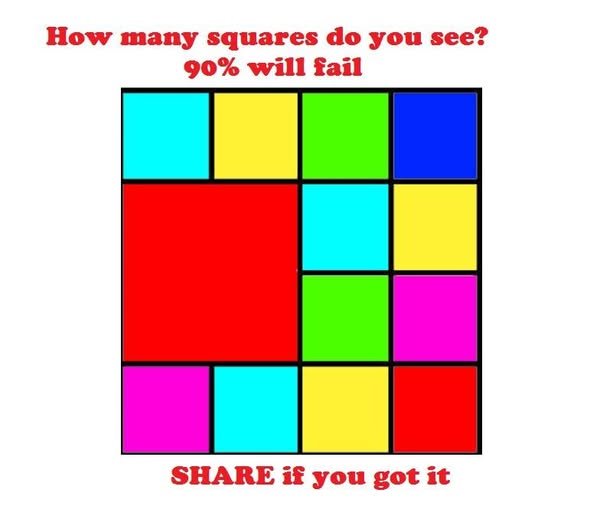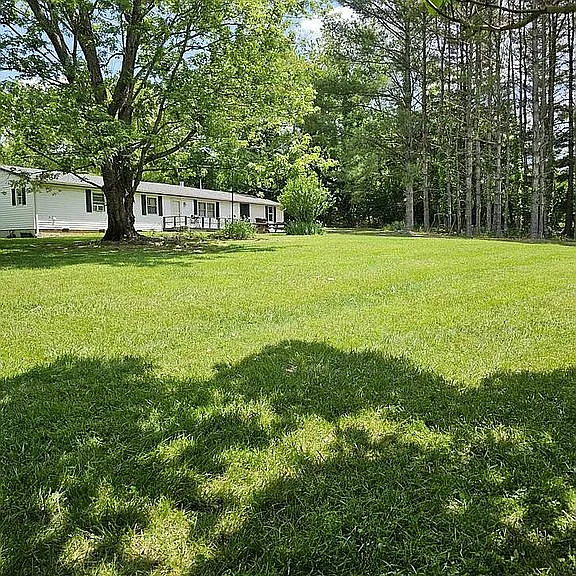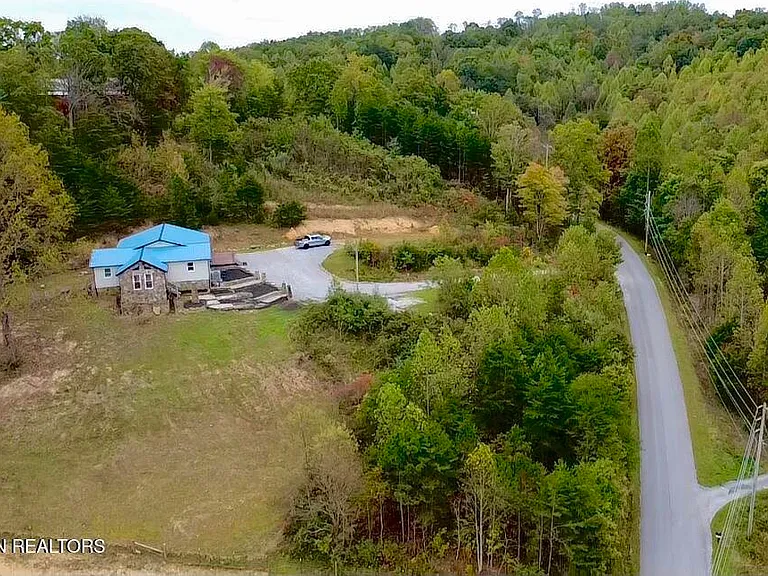How many squares are there?
Visual puzzles have always captivated our imaginations, challenging us to think outside the box (or, in this case, inside the square). The viral puzzle you see, with its vibrant colors and simple design, has one question for us: “How many squares are there?” If you’re ready to dive into the world of logic and observation, buckle up—this one’s going to surprise you!

Why Puzzles Like This Capture Attention
What makes this puzzle so intriguing? It’s the perfect blend of simplicity and challenge. At first glance, it seems easy: just count the squares. But as you take a closer look, the complexity reveals itself. This mix of hidden difficulty is what makes brain teasers so addictive—they give you that “aha!” moment when you finally figure them out.
Puzzles like this don’t just entertain; they also sharpen your cognitive skills. They enhance pattern recognition, logical thinking, and even patience. Let’s take this one step by step to uncover the magic number.
Breaking Down the Puzzle
If you’re staring at the grid wondering where to begin, don’t worry—we’ve got you covered. The trick lies in counting all the squares, from the tiniest to the largest, without missing any. Let’s dissect it:
- The Smallest Squares (Individual Blocks)
Each colored block in the grid represents one square. How many of these small squares can you see?
Answer: There are 16 individual blocks. Easy so far, right? - Combining Two Blocks
Now, look for combinations of two small squares that form a bigger square. Do you see them?
Answer: There are three larger squares formed by combining two blocks horizontally or vertically. - Bigger Squares in the Grid
Let’s get even larger! Notice that some squares span four smaller blocks. How many of those can you find?
Answer: There are two squares formed by combining four smaller blocks. - The Largest Square
Finally, the entire grid itself forms one massive square. Add that to your count.
Answer: That’s one additional square.
By methodically adding up all these shapes, you’ll arrive at the grand total. How many squares did you count? If you said 19, you nailed it!
Why People Get This Puzzle Wrong
It’s no secret that most people struggle with this puzzle. Why? It’s all about how we perceive patterns. At first glance, our brains tend to focus on the obvious, overlooking the less conspicuous combinations. This is known as “inattentional blindness,” where we fail to notice something in plain sight because we’re fixated on another detail.
Another reason lies in the puzzle’s layout. With its colorful design, the puzzle subtly distracts us, making it harder to focus on the underlying structure. It’s like trying to solve a riddle while someone’s whispering in your ear—annoying, isn’t it?
The Importance of Logical Thinking
This puzzle isn’t just a fun distraction—it’s also a mental workout. By solving puzzles like this, you’re honing skills that can help in everyday life. Need to organize a cluttered space? That’s pattern recognition. Planning a big project? That’s logical thinking.
Every square you counted required a mix of observation, memory, and spatial reasoning. These are skills we use constantly, often without realizing it. Whether you’re solving a mystery novel or packing a suitcase, puzzles like this train your brain to think strategically.
A Fun Challenge to Try
Think you’ve mastered this puzzle? Try creating your own! Grab a piece of paper and draw a grid, adding squares of different sizes. Challenge a friend to count them all. You’ll be surprised at how creative you can get—and how tricky the simplest designs can become.
Conclusion
The next time someone asks, “How many squares are there?” you’ll know the answer is 19—but more importantly, you’ll know how to find it. This puzzle reminds us that sometimes the simplest things can be the most challenging. It’s a celebration of logic, creativity, and, most of all, fun.
So, go ahead and share this puzzle with your friends. Watch as they scratch their heads, double-check their math, and finally reach that satisfying “aha!” moment. After all, isn’t that the joy of a good brain teaser? Keep solving, keep thinking, and most importantly, keep having fun!






